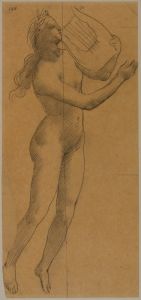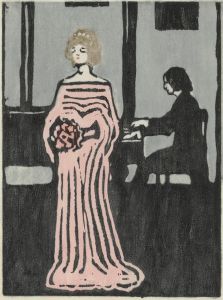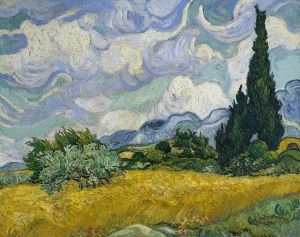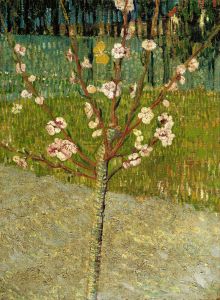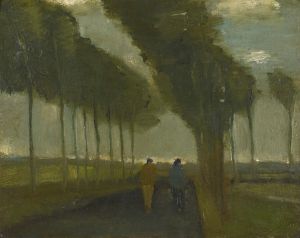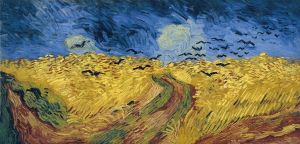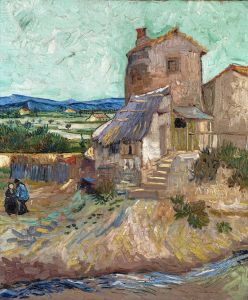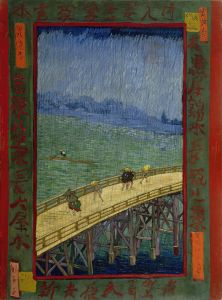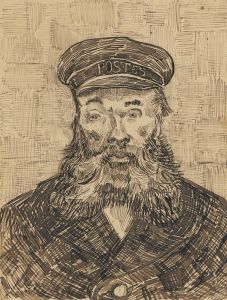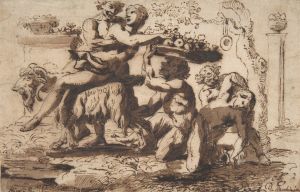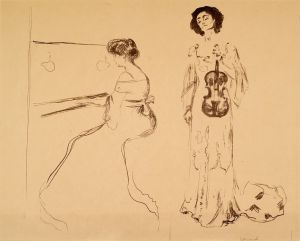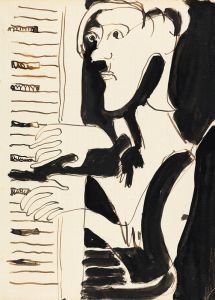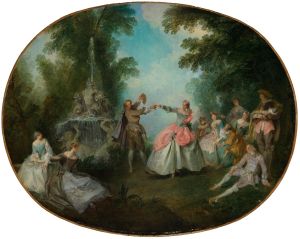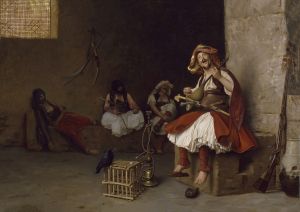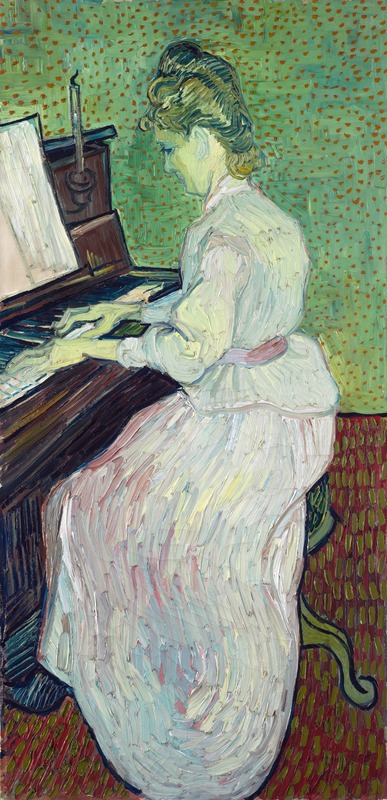
Marguerite Gachet at the Piano
A hand-painted replica of Vincent van Gogh’s masterpiece Marguerite Gachet at the Piano, meticulously crafted by professional artists to capture the true essence of the original. Each piece is created with museum-quality canvas and rare mineral pigments, carefully painted by experienced artists with delicate brushstrokes and rich, layered colors to perfectly recreate the texture of the original artwork. Unlike machine-printed reproductions, this hand-painted version brings the painting to life, infused with the artist’s emotions and skill in every stroke. Whether for personal collection or home decoration, it instantly elevates the artistic atmosphere of any space.
"Marguerite Gachet at the Piano" is an oil painting created by the Dutch post-impressionist artist Vincent van Gogh in June 1890. This artwork is notable for its depiction of Marguerite Gachet, the daughter of Dr. Paul Gachet, who was Van Gogh's physician during the final months of his life. The painting is one of the few portraits Van Gogh completed during his stay in Auvers-sur-Oise, a small town north of Paris.
Van Gogh moved to Auvers-sur-Oise in May 1890, seeking a quieter environment and the care of Dr. Gachet, who was recommended by Van Gogh's brother, Theo. Dr. Gachet was an amateur artist and a supporter of the Impressionist movement, which made him a sympathetic figure to Van Gogh. During his time in Auvers, Van Gogh painted prolifically, producing over seventy paintings in just a few months.
"Marguerite Gachet at the Piano" captures Marguerite in a serene domestic setting, playing the piano. The composition is intimate, focusing closely on Marguerite and the piano, with a background that includes a few household items, suggesting a comfortable, middle-class interior. The painting is characterized by Van Gogh's distinctive brushwork and vibrant color palette, which convey a sense of movement and emotional depth.
The relationship between Van Gogh and the Gachet family, particularly Marguerite, has been the subject of much speculation. However, historical records primarily indicate that Van Gogh and Marguerite shared a respectful and cordial relationship, with Van Gogh often visiting the Gachet household. Marguerite was around 21 years old at the time, and she and her brother, Paul Gachet Jr., were both interested in the arts, which likely facilitated a connection with Van Gogh.
The painting itself is a testament to Van Gogh's ability to capture the essence of his subjects with empathy and sensitivity. The use of color in "Marguerite Gachet at the Piano" is particularly striking, with Van Gogh employing a range of blues, greens, and yellows to create a harmonious and tranquil scene. The brushstrokes are dynamic yet controlled, reflecting Van Gogh's mature style during this period.
"Marguerite Gachet at the Piano" is part of a series of works Van Gogh created that feature members of the Gachet family. Another notable painting from this series is "Portrait of Dr. Gachet," which is one of Van Gogh's most famous works. These paintings collectively provide insight into Van Gogh's final creative phase and his interactions with the people around him.
Today, "Marguerite Gachet at the Piano" is held in a private collection, and it is not as widely known as some of Van Gogh's other works. Nevertheless, it remains an important piece within his oeuvre, illustrating his continued exploration of portraiture and his deepening emotional expression through art.
In summary, "Marguerite Gachet at the Piano" is a significant work by Vincent van Gogh, created during a prolific period in Auvers-sur-Oise. It reflects his connection with the Gachet family and showcases his distinctive artistic style, characterized by vibrant colors and expressive brushwork.





